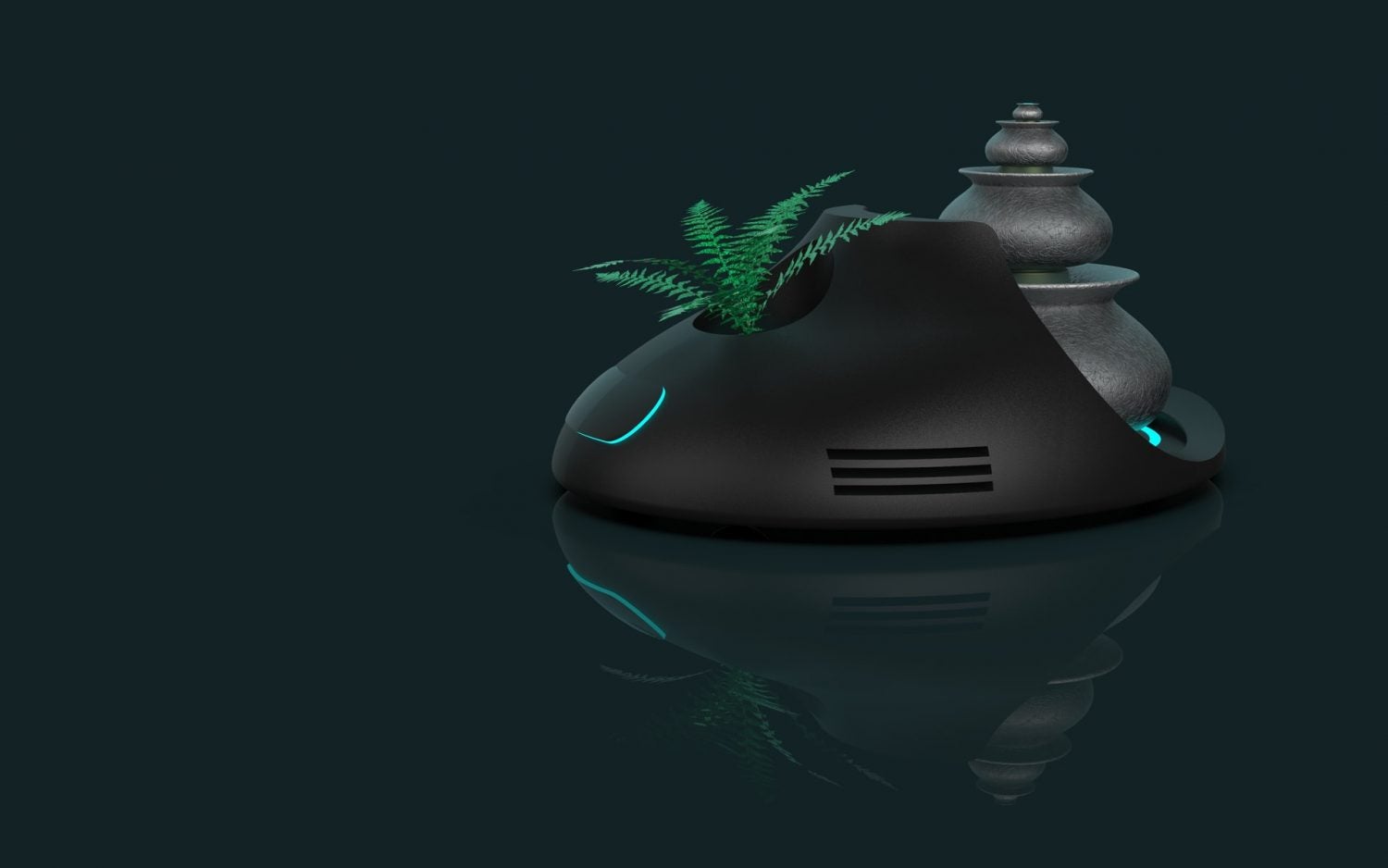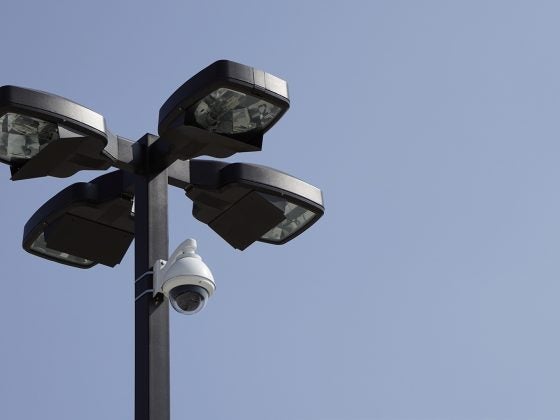According to the U.S. Environmental Protection Agency (EPA), Americans spend, on average, about 90 percent of their time indoors. And a lot of that time is spent in our own homes— especially since the start of the pandemic, reports the Bureau of Labor Statistics. With so much time spent inside our homes, it’s a good idea to make sure we’re breathing in air that’s free from irritants and contaminants that can be detrimental to our health.
Air purifiers and air dehumidifiers are two popular appliances that may improve the quality of air in your home. But what exactly is the difference between these products? And what are the advantages and disadvantages of each? Knowing the answers to these questions will ensure you make the best, most informed purchase decision.
In this helpful guide, we cover everything you need to know about air purifiers and air dehumidifiers so you can decide which is better suited to your specific needs.
What is an air purifier?
An air purifier is a device that captures or destroys airborne contaminants, then recirculates cleaner air. Read on for more detail about air purifiers, and be sure to check out how experts review a high-quality air purifier.
Types of air purifiers
Ultimately, all air purifiers have the same objective: To provide cleaner air. But the mechanisms they use to achieve this are not the same. And some have added features that serve other functions. Here’s a list of some of the most common types of air purifiers, and how they work:
Mechanical Filters
These consist of a fan and a filter. The fan draws in polluted air from the room and pushes it through the filter, which consists of a tangled web of very fine fibers. As the air passes through the filter, the airborne particles in the air get trapped in the web, where they remain. The fan then recirculates the cleaner air throughout the living space. High-efficiency particulate air (HEPA) filters that remove up to 99% of pollutants are a popular and highly effective type of mechanical filter.
Ionizers
To understand how this type of purifier works, it’s helpful to understand what an ion is. Ions are simply molecules with an electrical charge. Negative ions are molecules that have gained an electron and positive ions are those that have lost an electron. An air ionizer releases negative ions into the air. These ions attach to tiny particles that are floating in the air, giving them an electrical charge and causing them to cluster together then fall to the floor—or other surface—so they can be cleaned with a vacuum or other household cleaning equipment.
Note: Some ionizers produce ozone as a byproduct. These should be avoided, as ozone can be extremely detrimental to your health. You should also avoid electrostatic filters that produce ozone and ozone generators.
Gas-Phase Air Filters
Gas-phase air filters use a material called a sorbent to adsorb, or collect, gaseous pollutants, volatile organic compounds (VOCs) and odors as air passes through them. Activated carbon is a popular sorbent choice. Since most other air purifiers target particulate matter as opposed to gaseous substances, combining a gas-phase filter with another air purifier type is a great way to maximize the effectiveness of your air cleaner.
Ultraviolet Germicidal Irradiation (UVGI) Purifiers
These function by exposing contaminants to UV light. A challenge with these purifiers is that since some bacteria and mold spores are resistant to UV radiation, the light must be powerful enough and the exposure must be long enough in order for them to be effective.
Advantages of using air purifiers
Air purifiers offer several key benefits when used throughout your home, including:
- They can remove environmental triggers for those who suffer from allergies.
- They can help remove dust and pet dander.
- They can help remove mold spores and prevent further growth.
- They may relieve symptoms of asthma and other respiratory conditions.
- They may reduce airborne viruses and disease.
- They can filter harmful chemicals from cleaning products and indoor pollutants.
Disadvantages of using air purifiers
While using air purifiers can offer many benefits, there are some disadvantages to consider, like:
- They may not be able to remove all contaminants from the air.
- They can be noisy, and some models require regular filter changes.
- They can be expensive, depending on the model you choose.
- Some produce ozone, which can be harmful to your health.
What is an air dehumidifier?
Whereas an air purifier removes contaminants from the air, an air dehumidifier is designed to remove excess moisture. If you’re confused about the differences between a dehumidifier and a humidifier, here’s a quick overview:
| Humidifier | Dehumidifier | |
| Function | Adds moisture to the air | Removes moisture from the air |
| Effective | In colder months when air is dry | In warmer months when air is “sticky” |
Types of dehumidifiers
There are two main types of air dehumidifiers: Refrigerant and desiccant dehumidifiers. While they both remove moisture from the air, they employ very different mechanisms to do it. Here’s how each works:
Refrigerant Dehumidifiers
These work by condensing moisture out of the air. The dehumidifier draws damp air inside then passes it over a cold evaporator coil, which cools the air below its dew-point temperature and causes condensation. The condensation is then collected in a pan and either removed manually or automatically through a hose. The resulting dry air is then passed over warm condensing coils, which heat the air before it exits the machine and is dispersed into the room.
Desiccant Dehumidifiers
These work by passing air through a rotor or wheel that uses desiccant material to adsorb the moisture. Desiccant material is basically a chemical substance that adsorbs moisture—meaning it attracts it and holds it on its surface. Once the moisture is removed from the air, the dry air is blown back into the room. The moisture that is collected within the desiccant wheel is then subjected to heat, causing it to evaporate. It is then pushed out of the room or building.
Advantages of using an air dehumidifier
Like air purifiers, air dehumidifiers can provide several benefits for your home. A few of the possible benefits include:
- Relief from asthma symptoms and attacks
- Fewer allergy symptoms
- Reduced mold and mildew growth
- Elimination of musty odors
- Reduced dust mite growth
- Less water damage on walls, windows and furniture
- Fewer bugs—silverfish, cockroaches, and spiders are drawn to dust and mold.
- Lower air conditioning bills—if you live in a naturally humid climate, a dehumidifier can cool your home
Disadvantages of using an air dehumidifier
As with air purifiers, there are a few disadvantages to air dehumidifiers, including:
- Air dehumidifiers can be expensive, depending on the model you choose.
- Some air dehumidifiers require regular maintenance, including emptying the water tank.
- Some models can be noisy.
- They make the air dryer so if you live in an already dry climate or use gas or electricity to heat your home, a dehumidifier might be overkill.
- If you have a dry cough or stuffy nose, or suffer from pneumonia, your symptoms can worsen if the air becomes too dry.
- If you have eczema (atopic dermatitis), a dry environment may cause flares. Dry air can negatively impact skin and hair.
Key differences between air purifiers and dehumidifiers
Now that we know a little bit more about air purifiers and dehumidifiers, let’s take a look at some of the key differences between these two appliances:
Purpose & Benefits
The main difference between an air purifier and an air dehumidifier is their purpose. Air purifiers are designed to remove contaminants from the air, while dehumidifiers are designed to remove excess moisture.
Application
Air purifiers can be used in any room in the home, while dehumidifiers are typically most effective in rooms where there is a lot of moisture, such as the bathroom or laundry room.
Features
Air purifiers typically have more features than dehumidifiers. For example, many air purifiers come with filters that need to be replaced regularly. Additionally, some air purifiers come with sensors that can detect when the air needs to be cleaned. Dehumidifiers, on the other hand, typically only have one feature: A tank that collects the water that is removed from the air.
Humidity Levels
Air purifiers do not affect humidity levels, while dehumidifiers can help to reduce humidity levels in the home.
Maintenance
While it depends on the type and model you select, many air purifiers require very little maintenance, while dehumidifiers may require more frequent emptying and cleaning.
Filtration
Air purifiers typically have filters that need to be replaced on a regular basis, while dehumidifiers do not have filters.
Cleaning
Air purifiers only require occasional cleaning, while dehumidifiers may require more frequent cleaning.
Which one is best for you?
The answer to this question depends on your specific needs. If you are looking for a device to help reduce airborne allergies, dust, mold spores, pet dander and other irritants, an air purifier is the best choice. However, if you are looking for a device to help reduce mold and mildew growth, alleviate allergy symptoms, improve indoor air quality and reduce humidity levels, then an air dehumidifier is the best choice. Whichever appliance you choose, be sure to read the manufacturer’s instructions carefully before use.


















